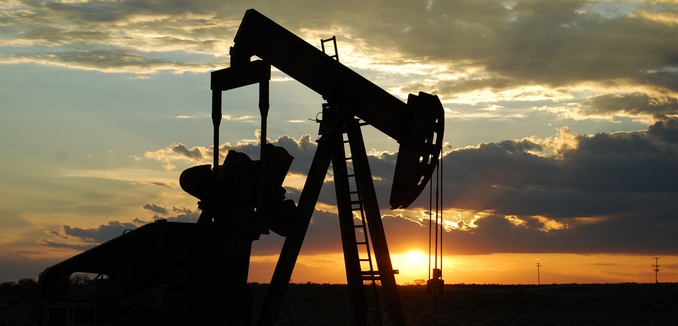Iranian crude oil exports to four major Asian buyers increased by nearly 50 percent from this time last year, Reuters reported on Friday.
Iranian oil sales reached the highest point in over four years in June, six months after the U.S. and European Union lifted nuclear-related sanctions against Tehran under the framework of the nuclear deal. Iranian Communications Minister Mahmoud Vaezi claimed on Friday that exports would reach pre-sanctions levels in two or three months’ time, far faster than analysts had predicted.
Much of the increase in Asia comes from higher export volumes to four energy-hungry countries — India, China, South Korea, and Japan — which imported 1.72 million barrels per day in June according to government data.
Iran has complained in recent months that it has not received the economic benefits it should have from the nuclear deal, with some Iranian officials, including Supreme Leader Ayatollah Ali Khamenei and Central Bank of Iran governor Valiollah Seif, threatening that the accord could collapse if Iran doesn’t receive more investment and sanctions relief.
Despite these complaints, sanctions relief provided to the Islamic Republic is projected to boost its economy by 3.7 percent in the coming fiscal year and by estimates of more than 4 percent annually over the next five years, according to a study (.pdf) published by the Foundation for Defense of Democracies last month. The Central Bank of Iran earmarked much of that sanctions relief for military spending, which is expected to grow by 90 percent next year.
Over the last three decades, Iran has been repeatedly shown to provide crucial funding, training, equipment, and other support to terrorist groups throughout the Middle East, including Hezbollah, Palestinian Islamic Jihad, and Hamas. Iranian military support is also vital for proxies like Syria’s Bashar al-Assad, Yemen’s Houthi militia, and Iraqi Shiite militias that have been linked to ethnic cleansing in areas liberated from the Islamic State.
[Photo: Paul Lowry / Flickr]




